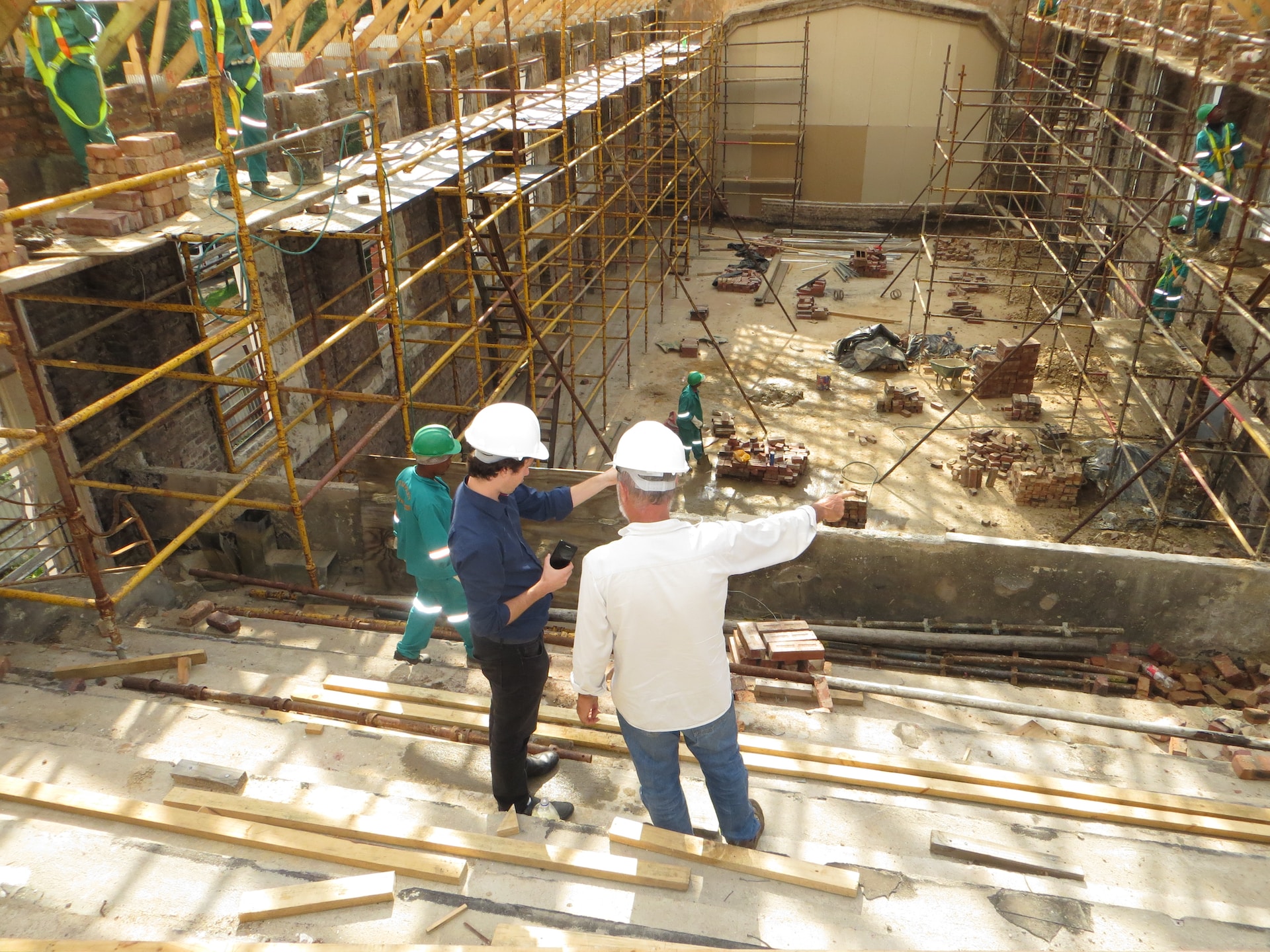

Question: What is the Hardest Material to Build a House With?
Answer: One of the hardest materials to build a house with is reinforced concrete, prized for its strength, durability, and resistance to various environmental factors, making it a popular choice for structural elements.
What is the Hardest Material to Build a House With? How Tough Materials Impact Home Pricing
Building a house requires a deep understanding of the materials at hand. While many builders opt for materials that are easier to work with, some adventurous souls go the extra mile to use materials that are notoriously difficult. But what makes a material hard to build with, and why would someone choose it?
Stones and Their Stiff Resistance
One of the first materials that come to mind is stone. Used for centuries, stones like granite and basalt provide unmatched strength and longevity. However, working with them is no walk in the park.
Cutting stone requires specialized tools and a lot of patience. You can’t easily alter or fix a mistake once you’ve made a cut. In Ontario’s varied climate, stone houses offer excellent insulation, keeping homes warm during the frosty winters and cool during the sweltering summers.
Click here to find out more about home values in Ontario
Related Article: What are the Benefits of Local Building Materials?
Related Article: What is the Most Expensive Material to Build a House?
Steel: Strength at a Price
While we often associate steel with skyscrapers and large constructions, some modern homes use it as a primary building material. Steel boasts incredible strength, but working with it can be a monumental task.
Welding, bolting, and ensuring structural integrity demand precise calculations and expertise. Despite its challenges, steel-framed houses in Ontario stand strong against strong winds, making them a viable, albeit challenging, choice for those along the Great Lakes or open plains.
Glass: Fragile but Stunning
Modern architecture has seen a surge in homes boasting expansive glass facades. There’s no denying the appeal of floor-to-ceiling windows offering panoramic views. But glass isn’t the easiest to work with.
Transporting large sheets without breaking them, ensuring they fit perfectly, and making certain they can withstand Ontario’s sometimes harsh weather conditions can be a logistical nightmare. However, the end result is often breathtaking, making the challenge worthwhile for many.
Adobe: A Tricky Ancient Art
Less common in Ontario but worth mentioning is adobe. Made from a mixture of clay, water, and often straw, these sun-dried bricks are eco-friendly and provide natural insulation.
However, crafting the bricks and building with them demands skill and time. They also require regular maintenance, especially in regions with heavy rainfall – a significant challenge in parts of Ontario.
Rammed Earth: Compacting Challenges
Rammed earth involves compressing a mixture of damp earth, cement, and water into a mold, creating walls. This technique has been around for thousands of years and offers fantastic insulation properties.
Yet, it poses challenges. The process requires creating temporary frames for the walls, filling them with the earth mixture, and then compacting it down with brute force. The result is a beautiful, textured wall. But in Ontario, the damp conditions can sometimes make this material less favorable, as the walls need to dry out properly.
Why Choose the Path of Resistance?
If these materials pose so many challenges, why do builders and homeowners choose them? For many, it’s the allure of something unique. A stone or glass house stands out. Others appreciate the natural benefits these materials offer, such as insulation or strength.
Moreover, there’s a sense of pride in overcoming the hurdles these materials present. Building a home is an accomplishment in itself, but crafting one out of challenging materials elevates the achievement.
Click for more information about Jennifer Jewell
Concluding Thoughts: The Beauty in the Challenge
Every material, whether easy or hard to work with, brings something unique to the table. While the path of least resistance is tempting, there’s an undeniable charm in houses built from materials that demanded a little more sweat, a little more patience, and a lot more care. They stand as testaments to human determination, ingenuity, and the relentless pursuit of beauty.


